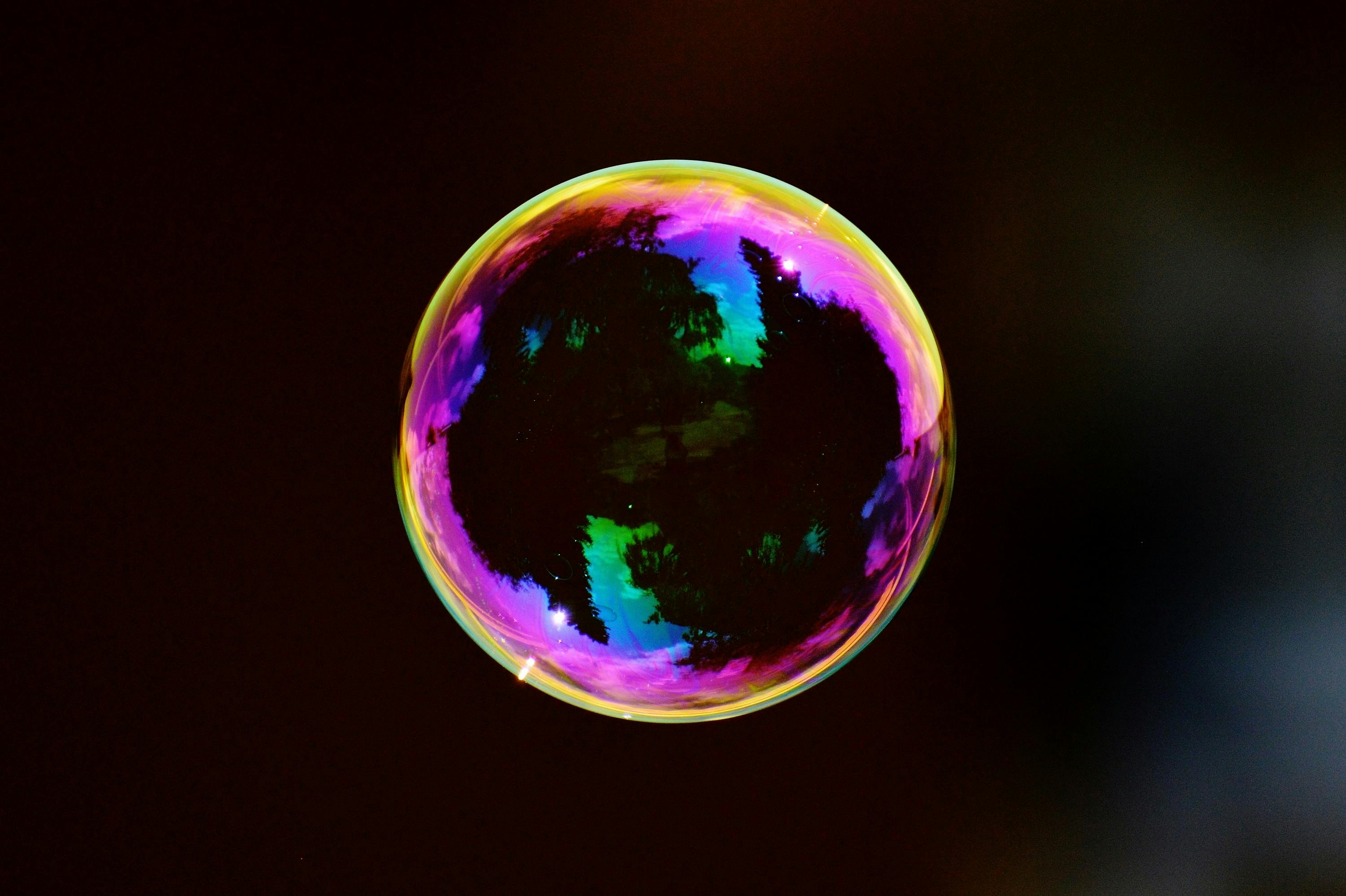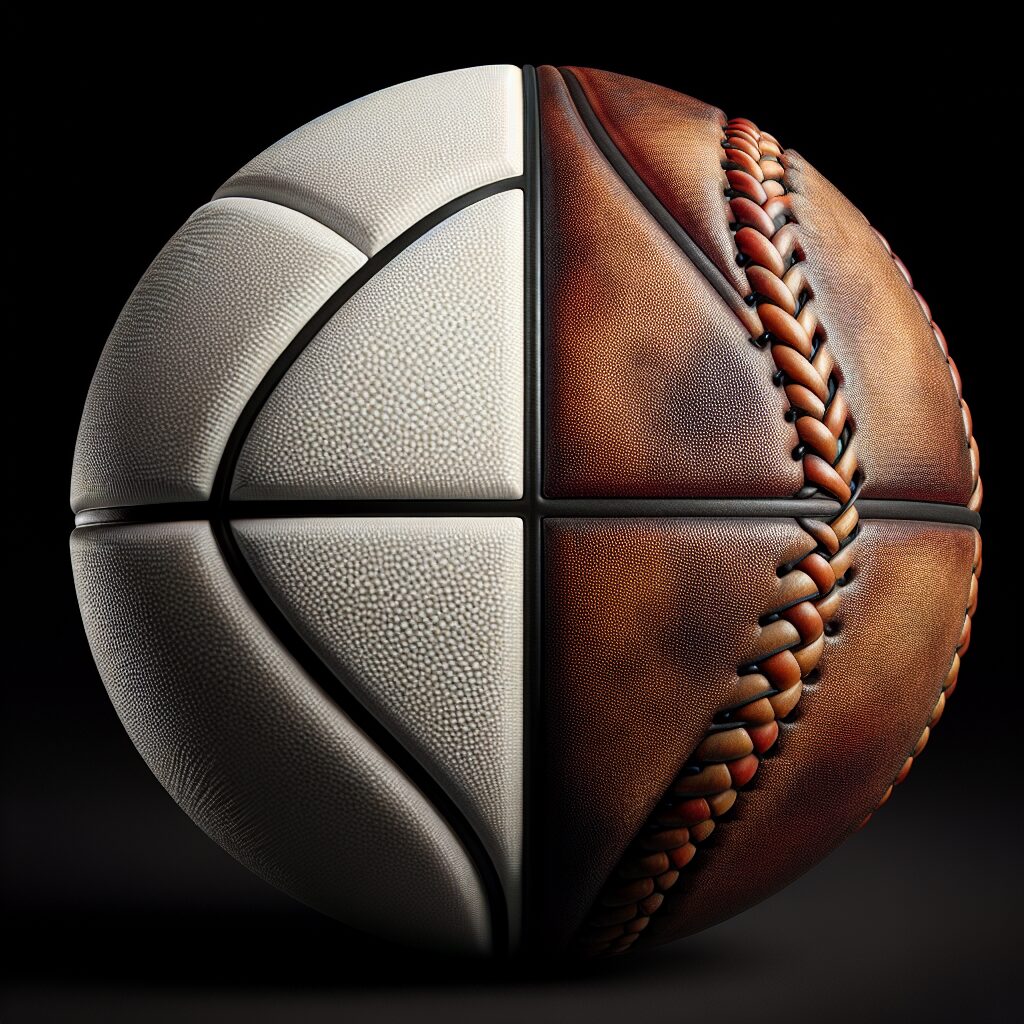Replacing a ball joint can be a costly repair, depending on the make and model of your vehicle. It is important to know what is involved in replacing a ball joint so you can make an informed decision about the cost. This article will explain the process of replacing a ball joint, the cost involved, and other considerations you should keep in mind when making this important repair.A ball joint is a type of pivoting connection between two rigid parts that allows them to move in relation to each other while maintaining the same orientation. It is made up of a ball-and-socket assembly that can be secured with a bolt or rivet. Ball joints are commonly used in steering and suspension systems for vehicles, but they can also be found in industrial and robotic applications.
What Are The Symptoms Of A Bad Ball Joint?
A bad ball joint can cause a variety of issues with your vehicle’s suspension and steering. The most common symptoms of a bad ball joint include clunking noises coming from the suspension, uneven tire wear, difficulty steering, and a feeling of looseness in the steering wheel. Clunking noises are usually the most noticeable symptom when you go over bumps or make sharp turns. Uneven tire wear can be caused by a misaligned suspension, which can be caused by excessive play in the ball joint. Difficulty steering and looseness in the steering wheel are also common symptoms of a bad ball joint and can be caused by excessive play or wear on the ball joints. If you experience any of these symptoms, it is best to have your vehicle inspected as soon as possible to prevent further damage to your vehicle’s suspension and steering components.
What Causes Ball Joint Damage?
Ball joints are an essential part of a vehicle’s suspension system, and they play a key role in providing a smooth ride. However, ball joints can suffer damage from a variety of causes. Common causes of ball joint damage include wear and tear due to age, improper alignment, off-road driving, and improper lubrication.
Wear and tear due to age is the most common cause of ball joint damage. As the vehicle ages, the rubber bushings that protect the ball joint can begin to deteriorate, leading to excessive wear and eventual failure. It’s important to inspect your vehicle’s suspension regularly for any signs of wear and tear, as this can help prevent premature failure.
Improper alignment is another cause of ball joint damage. If the vehicle’s suspension is not properly aligned, it can cause excessive strain on the ball joint and lead to accelerated wear or even failure. Regular alignment checks are an important part of preventive maintenance for any vehicle with ball joints.
Off-road driving can also lead to premature failure of the ball joint due to increased stress on the suspension system. When driving off-road, it’s important to be aware of obstacles such as rocks or large potholes that could cause excessive strain on the ball joints.
Finally, improper lubrication can also lead to accelerated wear or failure of a vehicle’s ball joints. The suspension system should be lubricated regularly according to manufacturer recommendations in order to prevent excessive wear or premature failure due to lack of lubrication.
Taking care of your vehicle’s suspension system by properly maintaining it will help ensure that your ball joints last as long as possible. Regular inspections and preventive maintenance are key in preventing premature failure due to age or off-road driving conditions.
Diagnosing a Bad Ball Joint
Ball joints are an essential part of a vehicle’s suspension system. As they are constantly in motion, it’s important to check regularly for signs of wear and tear. Diagnosing a bad ball joint is relatively simple, and can be done by performing a visual inspection or a driving test.
The most common symptom of a bad ball joint is uneven tire wear. This can be easily spotted by inspecting the tires for any abnormal wear patterns, such as cupping or scalloping of the treads. It is also possible to tell if the ball joint is worn out if there is an excessive amount of play when the wheel is turned from side to side. This can be checked by lifting up the vehicle and grabbing the top and bottom of the tire and moving it back and forth to check for any play in the suspension system.
A driving test can also help diagnose if there are any problems with the ball joint. If you feel any vibrations or thumping while driving, it could indicate that there is an issue with one or more of your ball joints. When going over bumps, pay close attention to how your vehicle responds; if you experience excessive bouncing or jerking, this could indicate that your ball joints need to be replaced.
If you have any suspicions that your ball joints are worn out, it’s best to have them inspected by a professional mechanic as soon as possible to avoid causing further damage to your vehicle’s suspension system.
Replacing a Ball Joint
Replacing a ball joint is a relatively simple process that requires basic mechanical knowledge. The first step is to raise the vehicle and support it with jack stands or other appropriate supports. Once the vehicle is safely supported, the wheel should be removed to gain access to the ball joint. Next, any components that are in the way should be removed, such as tie rods and control arms.
Once everything has been cleared away from the ball joint, it can be disconnected from its mount. This may require the use of a pickle fork or similar tool for removal. After disconnecting the ball joint, it can be removed from the vehicle and replaced with a new one.
The new ball joint should then be attached to its mount using appropriate tools such as wrenches or sockets. Once it is securely connected, any components that were removed should be reattached and tightened to their correct specifications. The wheel can then be reattached and the car lowered off of its jack stands or other supports. If necessary, an alignment should then be performed to ensure proper steering and suspension geometry.

How Much Does It Cost To Replace A Ball Joint?
The cost of replacing a ball joint varies depending on the make and model of your vehicle. Generally, the labor cost for replacing a ball joint can range anywhere from $100 to $200, while the parts are typically between $30 and $70. If you are replacing both upper and lower ball joints, it is likely that you will be paying more for labor than if you were only replacing one. Additionally, some vehicles require special tools and equipment that can increase the costs.
Overall, the total cost of replacing a ball joint on average can range anywhere from around $130 to $270 depending on the type of vehicle you have and whether or not any special tools or equipment are needed. It is recommended to get a few quotes from different mechanics before making your final decision so that you know exactly how much it will cost to replace your vehicle’s ball joint.
It is important to note that some vehicles may require additional components in order to properly replace a worn-out ball joint such as control arms, bushings, or wheel bearings. Additionally, if your vehicle has an all-wheel-drive system then it may be necessary to also replace several other components in order to ensure proper installation of the new ball joint. Therefore, it is best to consult with a certified mechanic before proceeding with any repairs in order to make sure all necessary parts are included in your estimate.
Different Types of Ball Joints
A ball joint is a component that connects two parts of a suspension system, reducing the friction between them and allowing for greater flexibility. Ball joints come in many different shapes, sizes, and styles, making them an essential component in any vehicle’s suspension system. The most common types of ball joints are the tie-rod end, the control arm, and the steering knuckle. Each type has its own advantages and disadvantages depending on the application.
Tie-Rod End Ball Joints
Tie-rod end ball joints are one of the most common types of ball joints used in modern vehicles. They are typically used to connect the steering arms to the wheels, allowing for smooth movement when turning or swerving. These types of ball joints are designed to be adjustable so that they can easily be adjusted to achieve the desired alignment of your vehicle’s wheels.
Control Arm Ball Joints
Control arm ball joints are another type that is commonly found in vehicles today. These are used to connect the control arms to either side of the vehicle’s frame or body, allowing for more flexibility during turns or when driving over uneven terrain. Control arm ball joints also allow for better suspension performance as they can absorb shock from bumps or potholes in the road more effectively than tie-rod ends.
Steering Knuckle Ball Joints
Lastly, steering knuckle ball joints are used to attach the steering knuckle to either side of your vehicle’s frame or body. This type is typically found on cars with high performance suspensions and is designed to provide better handling as it allows for more precise movements when turning or swerving. Steering knuckle ball joints also help reduce wear on other suspension components by providing additional support during cornering maneuvers or other high-performance driving activities.
Aftermarket Parts vs. OEM Parts
When replacing a ball joint, there is often a debate between aftermarket parts and original equipment manufacturer (OEM) parts. Aftermarket parts are generally cheaper than OEM parts, however, the quality of the parts may vary. OEM parts are usually made with higher quality materials and adhere to specific standards set by the manufacturer. This ensures that the part will perform as expected and last for many years. On the other hand, aftermarket parts may not be made with the same quality of materials or meet any particular standards set by a manufacturer. While aftermarket parts may be cheaper upfront, they may not provide the same level of performance or durability as an OEM part.
When it comes to replacing a ball joint, it is important to consider both aftermarket and OEM parts in order to make an informed decision that best fits your budget and needs. While aftermarket parts may be cheaper upfront, they may not provide the same level of performance or durability as an OEM part. In addition, if something were to go wrong with an aftermarket part due to poor quality materials or installation, it could end up costing more in the long run if additional repairs need to be made. On the other hand, an OEM part will usually provide better performance and longer lasting results than its aftermarket counterpart.

Conclusion
Replacing a ball joint can be a difficult and expensive repair. It is important to know the make, model, and year of your vehicle in order to properly diagnose and replace the ball joint. The cost of replacing a ball joint will vary depending on the type of vehicle you own as well as the parts and labor involved. Generally, replacing a ball joint will cost between $150-$400 depending on the complexity of the repair.
It is always best to enlist a professional mechanic to diagnose and replace your ball joint. This will ensure that you get the correct part for your vehicle and that it is installed correctly. Having an experienced mechanic on hand can also help you save money by ensuring that all other components are inspected for wear or damage during the repair.
In conclusion, replacing a ball joint can be an expensive but necessary repair for any car or truck owner. Knowing what to expect when it comes to cost and labor can help you budget for this important repair and get back on the road in no time at all!




